Growing up in a Korean household, I became familiar with certain ingredients used in almost every homemade dish. Even when I moved away for college, I made sure to keep at least a few of these items in stock so I could revisit the delicious flavors of home. Here are the top 10 household staples for a variety of delicious Korean foods.
1. Hot pepper paste (gochujang)
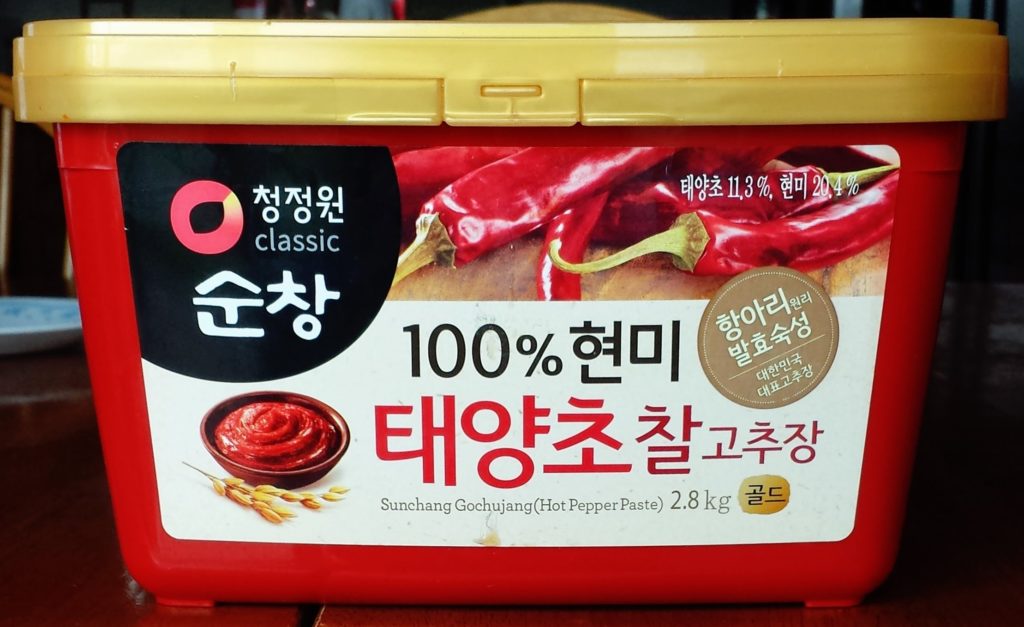
Photo by Soomin Suh
This is the classic hot sauce of Korea. The combination of spiciness and sweetness makes it the perfect sauce for adding flavor to dishes. It can be used in a variety of ways, such as cooking vegetables or meat, creating stews, and serving as a dipping sauce.
2. Hot pepper flakes (gochugaru)

Photo by Soomin Suh
Don’t let their size fool you — even though the flakes are small, they pack quite a punch. These hot pepper flakes bring the spiciness that Korean food is known for. It can be used in kimchi, noodles, stews, various spicy side dishes, and much more.
3. Soy sauce
Soy sauce, the staple of many Asian cuisines. It’s commonly used in Korean cooking to add a salty kick to dishes.
4. Sesame oil
I’d be lying if I said I didn’t love the smell of sesame oil. Unlike the typical vegetable oils, sesame oil adds a savory, nutty, and umami flavor to Korean dishes and basically makes them 10 times better.
5. Fermented soybean paste (doenjang)
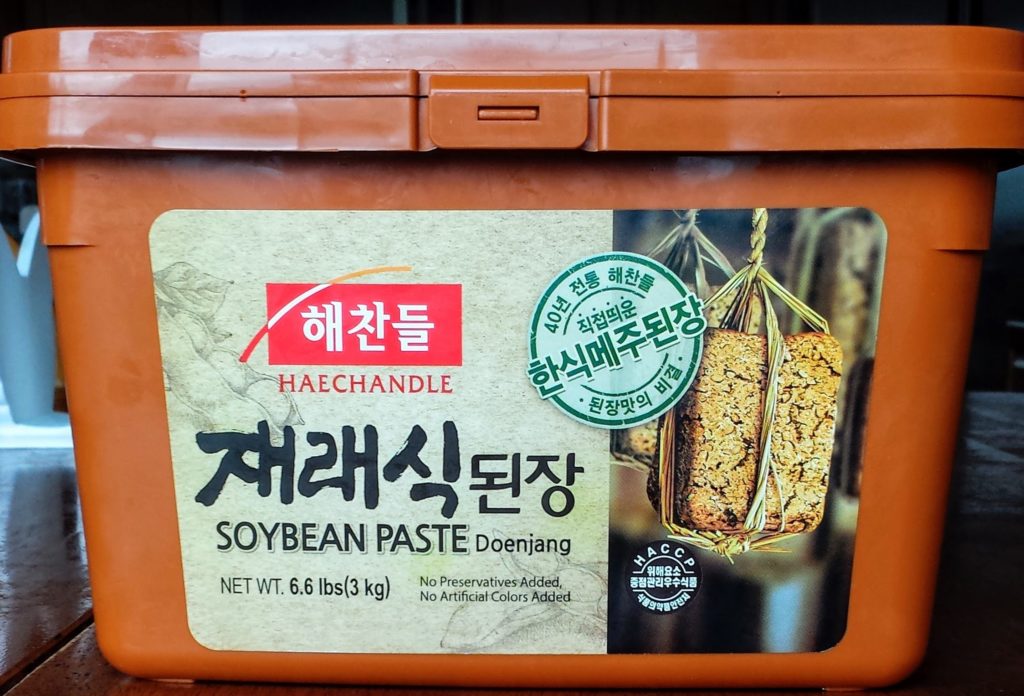
Photo by Soomin Suh
The color may be off-putting to some, but the flavors this paste brings to Korean dishes is incomparable. It has an earthy, salty, and savory taste, and the flavor really shines in the classic Korean doenjang stew.
6. Kelp (dashima)
Kelp isn’t usually the first thing to pop up into people’s heads when they think of Korean food, but this seaweed is essential in perfecting Korean dishes. It’s commonly boiled in water along with anchovy to create a starter broth for Korean soups and stews.
7. Anchovy
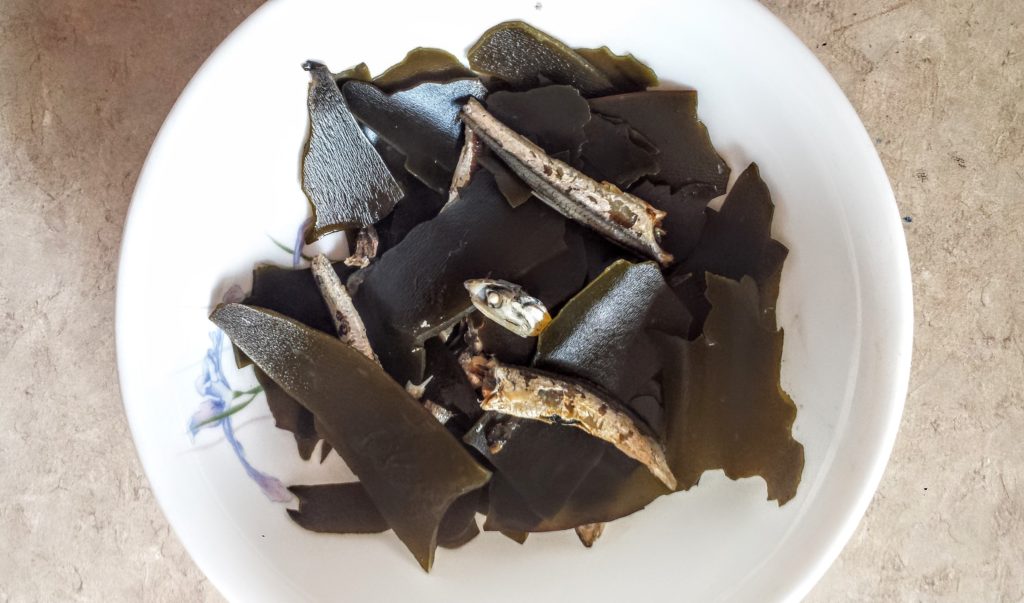
Photo by Soomin Suh
They may not look appetizing, but boiling them with kelp results in a light, savory stock that serves as the basis for many delicious stews and dishes.
8. Vinegar

Photo courtesy of flickr.com
Vinegar adds the perfect amount of sourness to Korean dishes, including vegetable-based side dishes and cold noodles.
9. Garlic
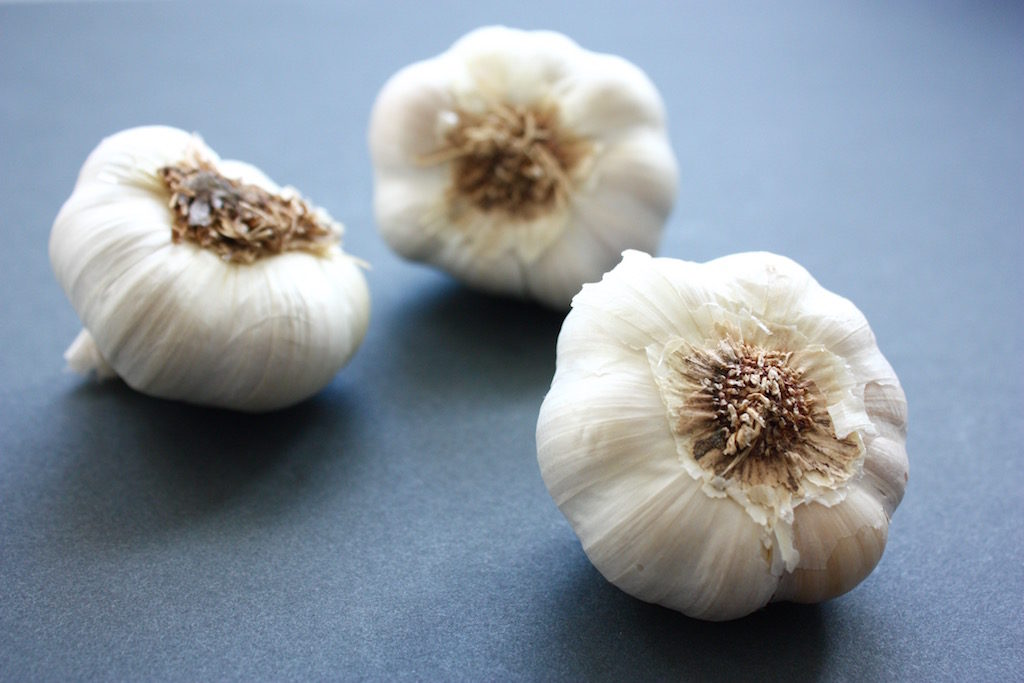
Photo by Christin Urso
Garlic is an essential seasoning used in Korean cooking. Minced garlic adds flavor to a variety of dishes, whereas whole cloves of garlic are used in broths or stews to enhance the flavor. Prepared garlic cloves are a side dish themselves, and can even be fried or grilled whole to be consumed.
10. Ginger
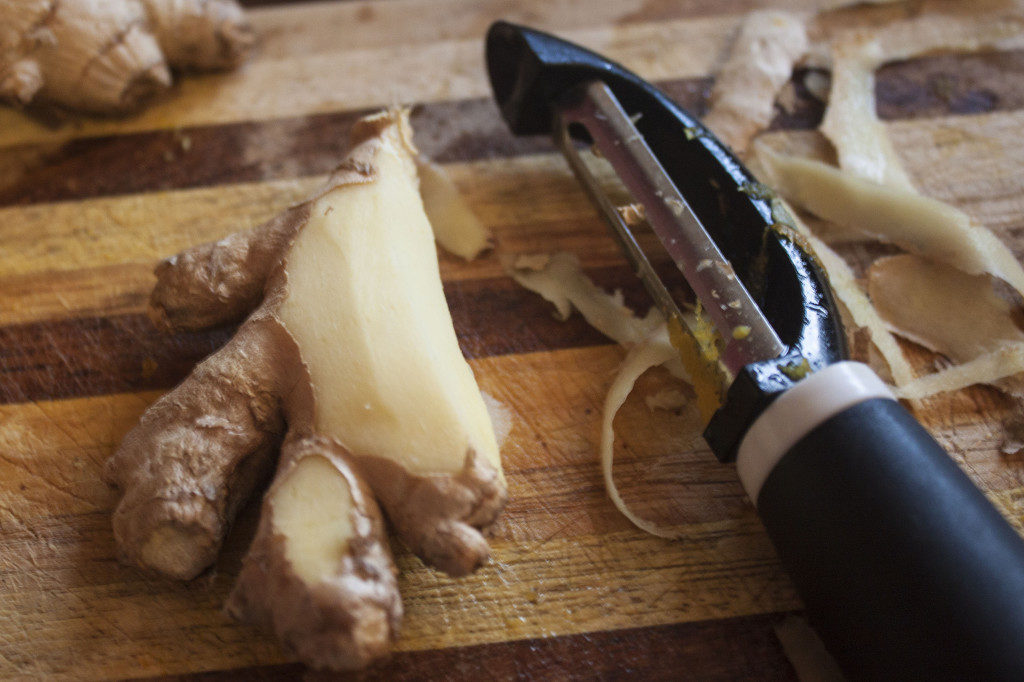
Photo by Savannah Carter
Ginger, a zesty spice, adds yet another level of flavor in Korean dishes. It’s used in a variety of ways such as creating soup broth, adding spice to dishes, and even brewing tea. Did I also mention that ginger has numerous health benefits when consumed?
Although these definitely aren’t the only ingredients used in cooking Korean food, having these essential basics in stock will make it a cinch to whip up a wide variety of Korean dishes.


